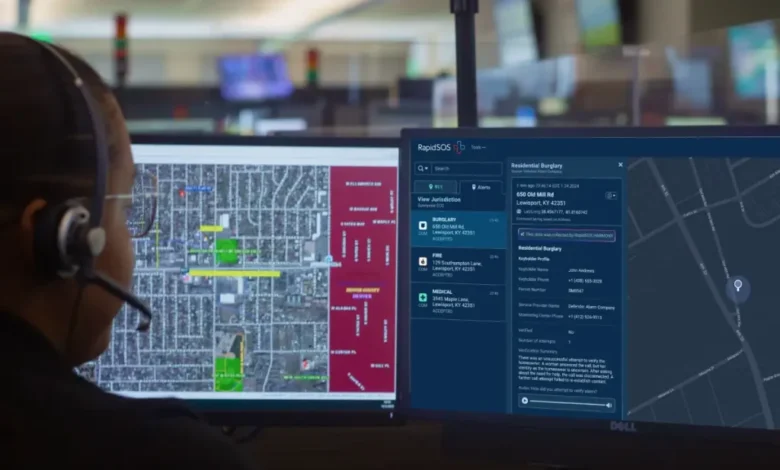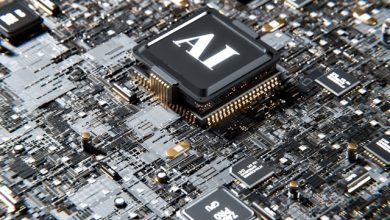
Achieving meaningful modernization in public safety requires more than surface-level engagement with flashy new technologies and popular buzzwords; it demands an honest and rigorous redefinition of what true progress really looks like for this critical sector. Too often, conversations about public safety modernization are dominated by vendors hawking innovative tools and borrowed trends, promising game-changing results without real-world substantiation. Artificial Intelligence (AI) is frequently at the center of these conversations, with every company claiming to have the next leap forward. While it is undeniable that innovation is absolutely vital—and that technology holds immense promise—the harder questions must be asked by organizations like RapidSOS: Does this technology genuinely enable the mission at the heart of public safety? Does it strengthen the people and processes upon which communities rely, or does it risk undermining them through distraction and complexity?
For RapidSOS, the real value of AI emerges only when it is implemented deliberately, with direct relevance to actual challenges faced in the field. Thoughtful application means AI is not just a theoretical upgrade, but a tool designed for the messy, high-stakes reality of public safety operations. It is not enough for AI to exist as a box that can be checked, or as a bullet point that decorates a pitch deck. Instead, the value is realized when AI is custom-fit to actual systems, uniquely mapped to established workflows, and rigorously tuned for the day-to-day needs of frontline teams. Then—and only then—does AI transform from mere hype to something truly worthy of attention, time, and investment.
But even with these principles in mind, the path toward integrating AI into public safety is not a simple one. It is tempting to think about technological transformation as something instantaneous—a switch flipped, a new product installed, a seamless shift from what was to what will be. However, the reality is far more nuanced. The transition to effective use of AI is a journey, often longer and more complex than anticipated, and it is a journey that nobody in public safety will take in isolation. The entire field is moving forward together, learning in real time what works, what fails, and what truly delivers on the promise of modernization.
RapidSOS’s experience with developing HARMONY, an AI system built by and for public safety professionals, is illustrative of just how extensive this learning process can be. After years of working alongside experts through more than a billion emergencies, it has become clear that neither HARMONY nor any other AI tool should be seen as “perfect.” In fact, the expectation of perfection can be dangerous in an industry where lives depend on continual adaptation and targeted improvement. Any vendor who claims their AI solution is flawless is simply not being honest. The pursuit of perfection risks overshadowing the value of incremental and sustained progress.
This reality cuts to the core of public safety work itself. The field is defined by constant evolution, relentless urgency, and the ever-present pressure to make split-second decisions that have profound human consequences. To modernize successfully, the process must mirror these principles: improvement must be the goal, not unattainable perfection. Deploying AI, therefore, should be motivated not by the desire to be trendy, or to satisfy procedural requirements, but by the imperative to enhance the real-world capabilities and wellbeing of telecommunicators and other frontline staff.
Used correctly, AI can offer tangible relief. It can lighten the burdens carried by public safety professionals. For example, AI technologies can help reduce informational overload, eliminate background noise during emergencies, and sharpen the focus required for effective response. Most importantly, AI can be harnessed to deliver critical, actionable insights instantaneously to those who need them most, whether it’s dispatchers overwhelmed with data, responders managing chaotic scenes, or decision-makers navigating rapidly evolving crises. This is what meaningful modernization looks like—not a new gadget for its own sake, but a purposeful improvement in the experience and outcomes of those who keep the public safe.
The most exciting aspect of the modernization journey at RapidSOS is the collaborative process through which their technology has evolved. From solutions that translate real-time emergency calls in myriad languages, to those that summarize and contextualize complex data for busy dispatchers, to tools that automate routine non-emergency workflows, RapidSOS’s advancements have never been made in isolation. The development process has always involved broad participation from the public safety community itself. This “village” has rigorously tested innovations, challenged assumptions, pushed for practical improvements, and co-authored the ongoing design of tools like HARMONY.
This partnership means something profound: the AI systems being developed for public safety are not being imposed from the top down, but are being built with public safety professionals, shaped by their expertise, experiences, and needs. This ensures that technological modernization is fundamentally aligned with the values, pressures, and realities of those who depend on it.
Trust remains paramount. Modernization must never undermine the confidence and reliability that communities expect from their public safety institutions. That is why new tools must be transparently evaluated, carefully measured, and always developed with strong input from frontline users. Technology should never replace the human elements that define public safety—instead, it should amplify them, making systems more resilient, processes more flexible, and outcomes more just.
The path forward calls for a spirit of open inquiry and a willingness to challenge entrenched assumptions. It demands that public safety organizations and their technology partners ask the tough questions—not just about what is possible, but about what is truly necessary. As new tools are developed and implemented, there must be a perpetual focus on building toward systems that are both adaptive to today’s challenges and resilient enough for the uncertainties of tomorrow.
In summary, genuine modernization in public safety is not about adopting the latest trend or chasing perfection. It is about committing to continual improvement, prioritizing transparency and trust, and keeping real-world needs front and center. By working side by side with the public safety community, technology providers like RapidSOS can help build smarter, more human-centric systems that honor the responsibilities and realities of modern emergency response. In doing so, they move the field beyond the distractions of hype toward solutions that make a real and lasting difference.





